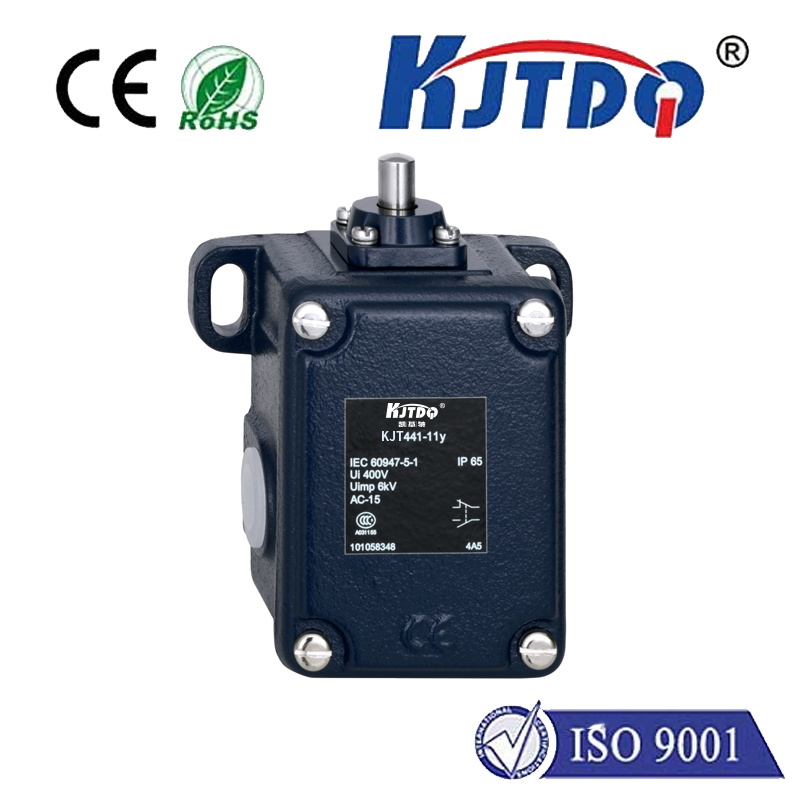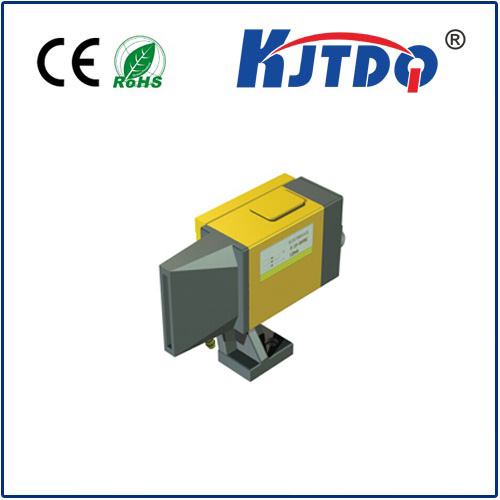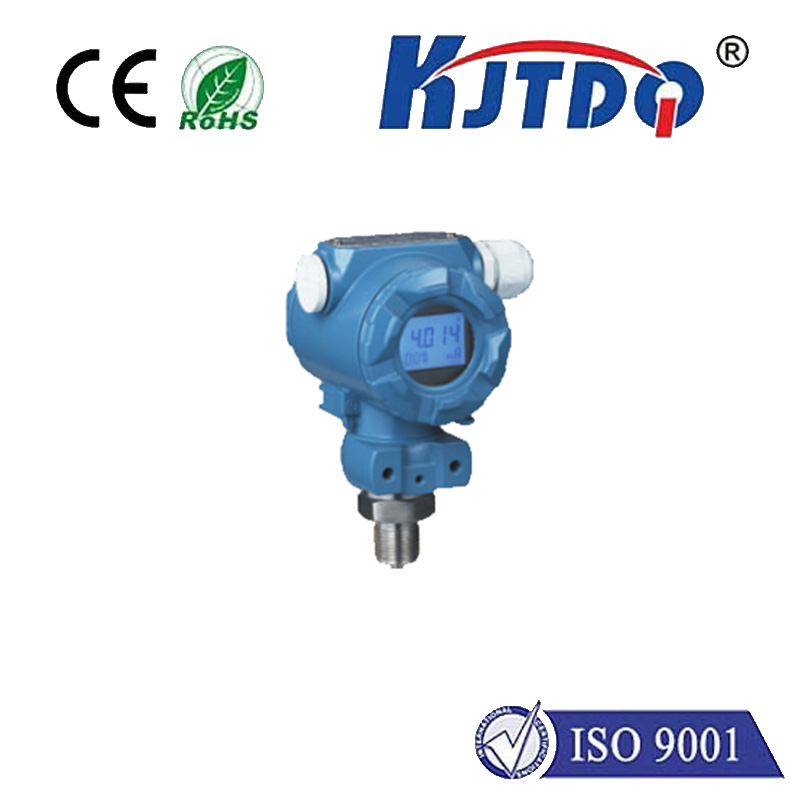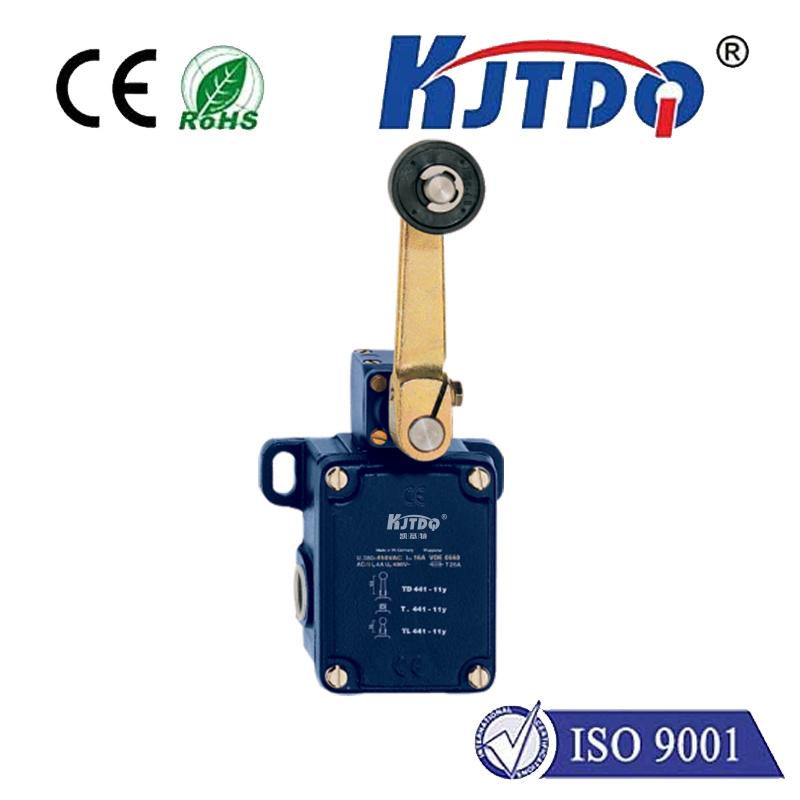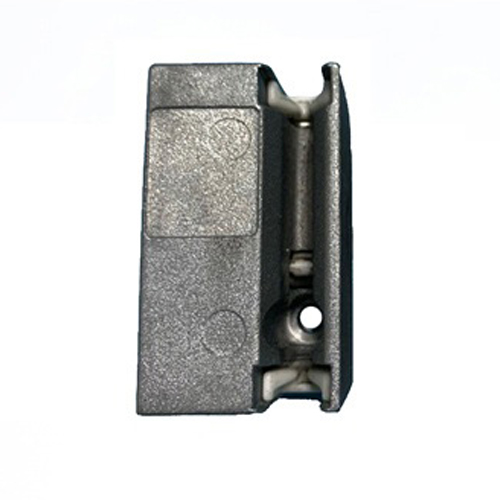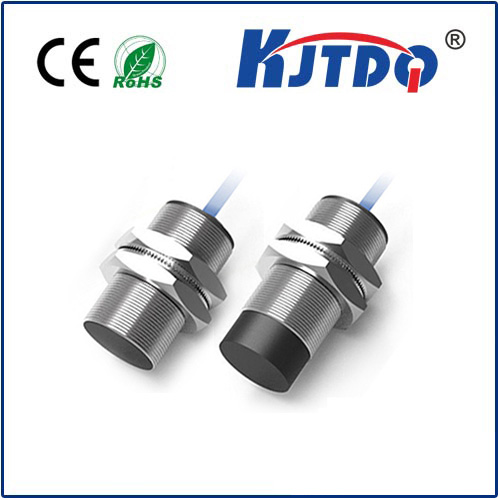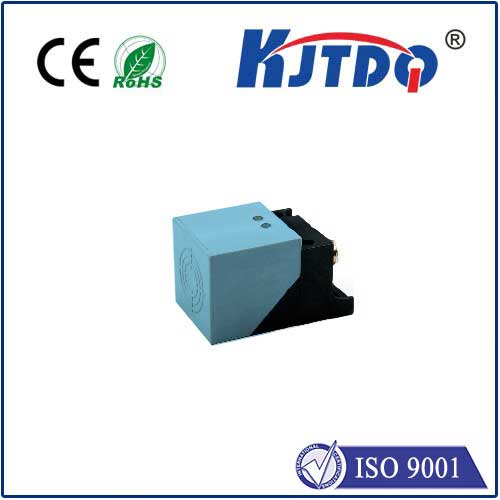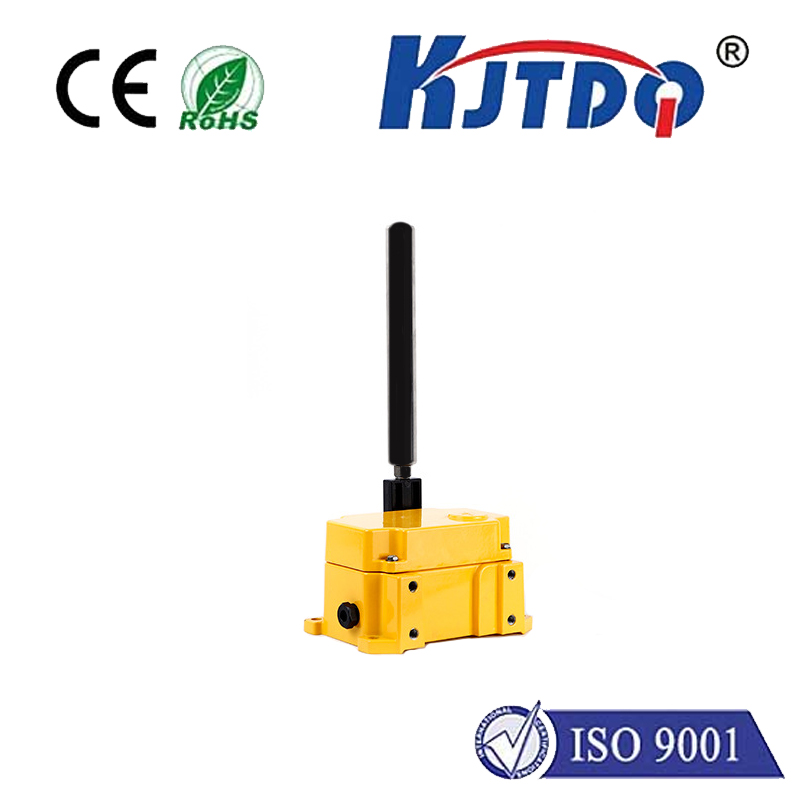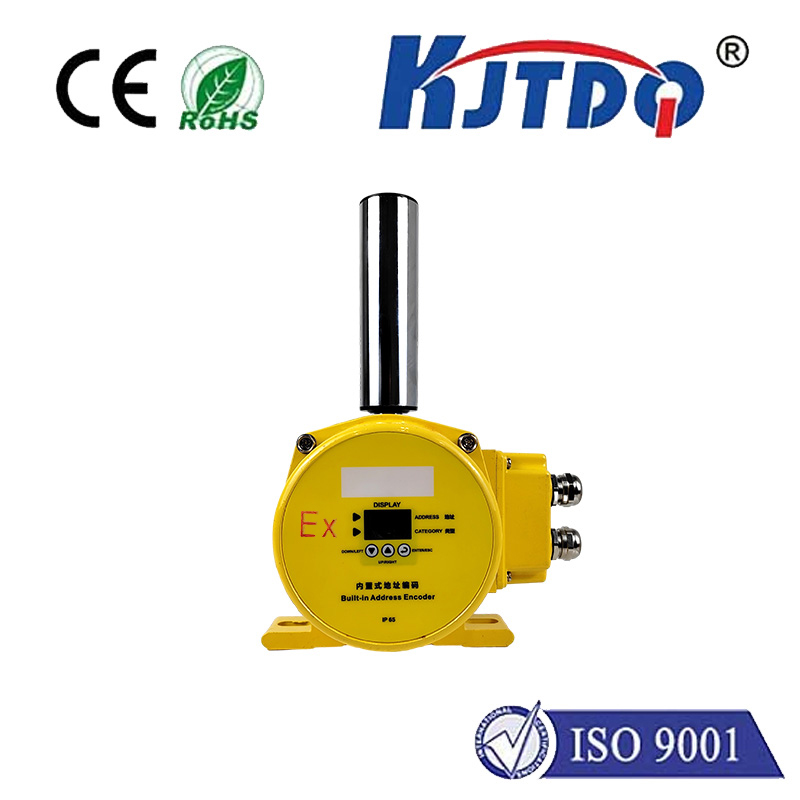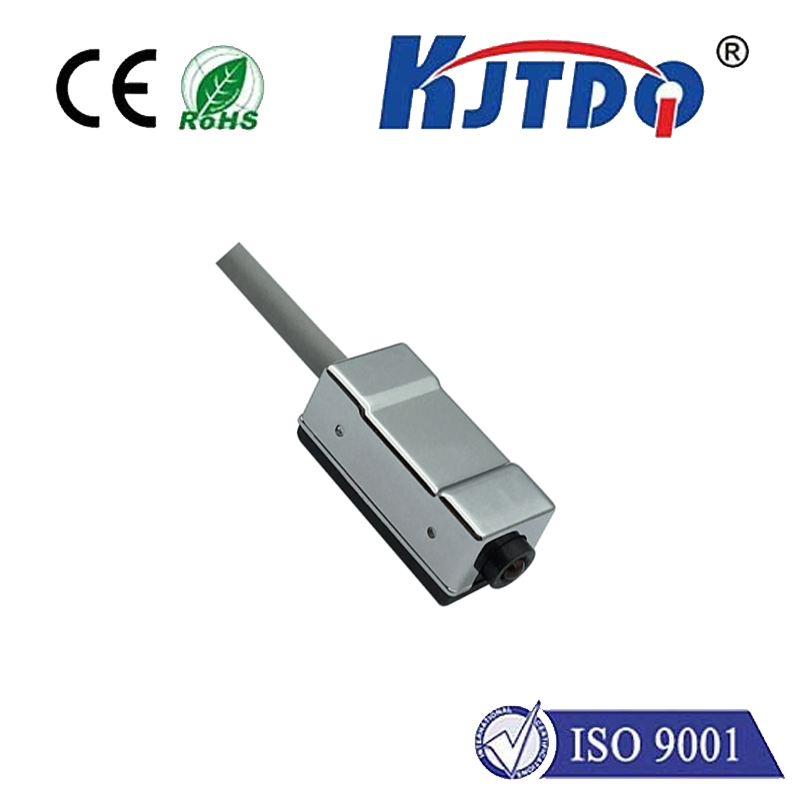

check

check

check

check

check

check

check

check

check

check
Title: Understanding the Importance of Limit Switch Temperature Range in Industrial Applications
In industrial applications, limit switches are a crucial component that helps to prevent damage to machinery and equipment. These switches are designed to detect the movement of a mechanical arm or lever and provide an indication when it reaches a certain point. However, the performance and reliability of these switches can be greatly affected by the temperature range in which they operate. In this article, we will explore the importance of limit switch temperature range and how it impacts industrial processes.
1. What is a Limit Switch?
A limit switch is a type of safety device used to stop or slow the movement of a machine or vehicle. It consists of a trigger mechanism attached to a movable arm or shaft that is connected to a spring-loaded return spring. When the arm or shaft moves beyond a certain point, the trigger mechanism is activated, releasing the spring and stopping the machine.
2. The Importance of Limit Switch Temperature Range
The temperature range in which a limit switch operates can have a significant impact on its performance and reliability. If the switch is exposed to high temperatures, it can become damaged or fail prematurely. This can result in costly repairs or even downtime for the machine or facility. In addition, if the switch fails at an inconvenient time, it can potentially cause harm to workers or equipment.
There are several factors that can affect the temperature range of a limit switch, including:
* Environmental conditions (e.g., humidity, air density)
* Operating conditions (e.g., vibration, stress)
* Material composition and properties
* Installation location and orientation
To ensure that your limit switches are operating within their appropriate temperature range, it is important to consider these factors when designing and installing them. Here are some tips for selecting the right temperature range for your specific application:
* consult with engineering experts to determine the optimal temperature range based on your specific requirements
* choose materials and designs that are suitable for your operating conditions and environment
* ensure proper installation and maintenance to minimize exposure to potential hazards
* monitor the performance of your limit switches regularly and make adjustments as needed to ensure continued operation within the desired temperature range.
